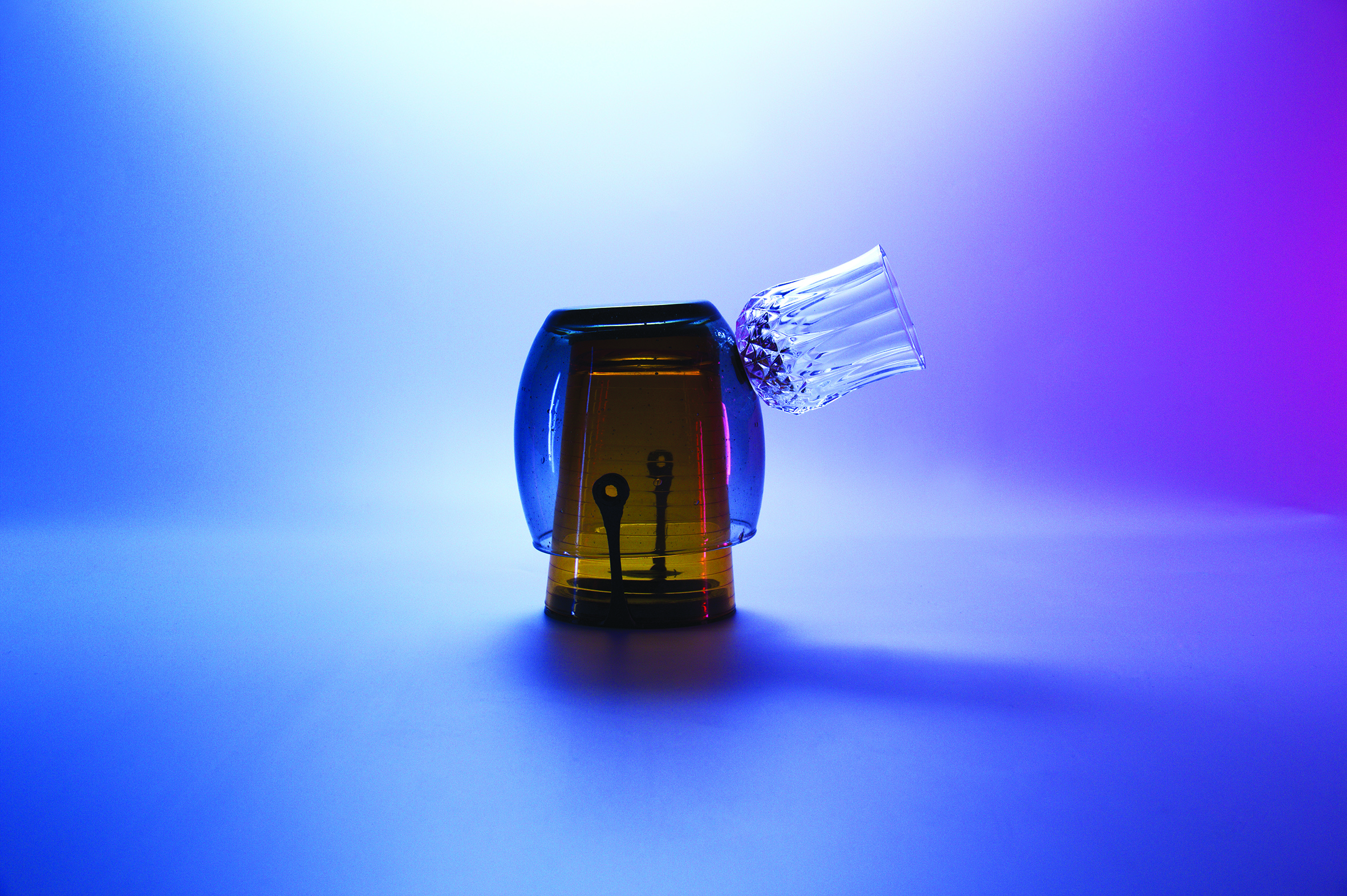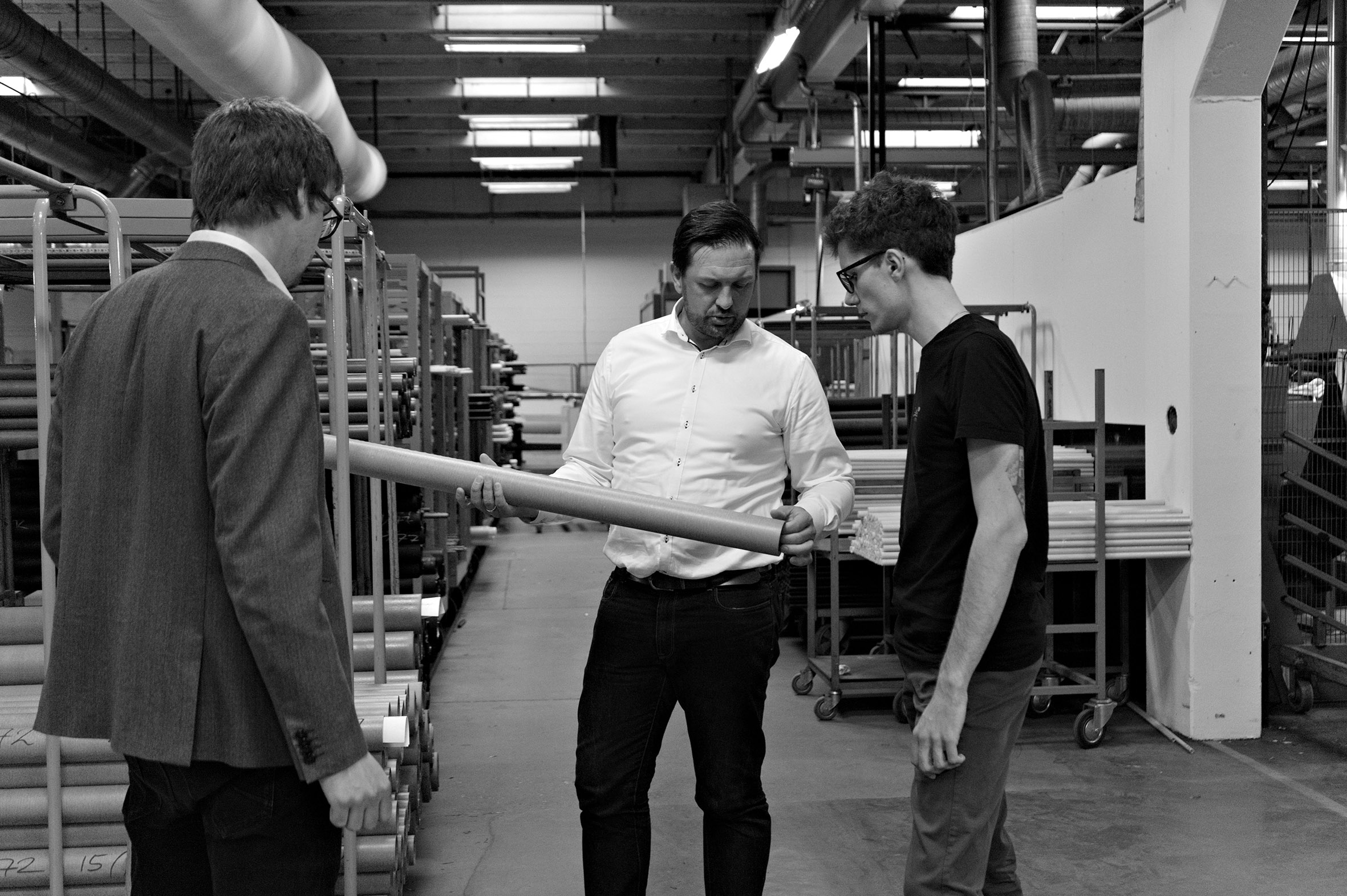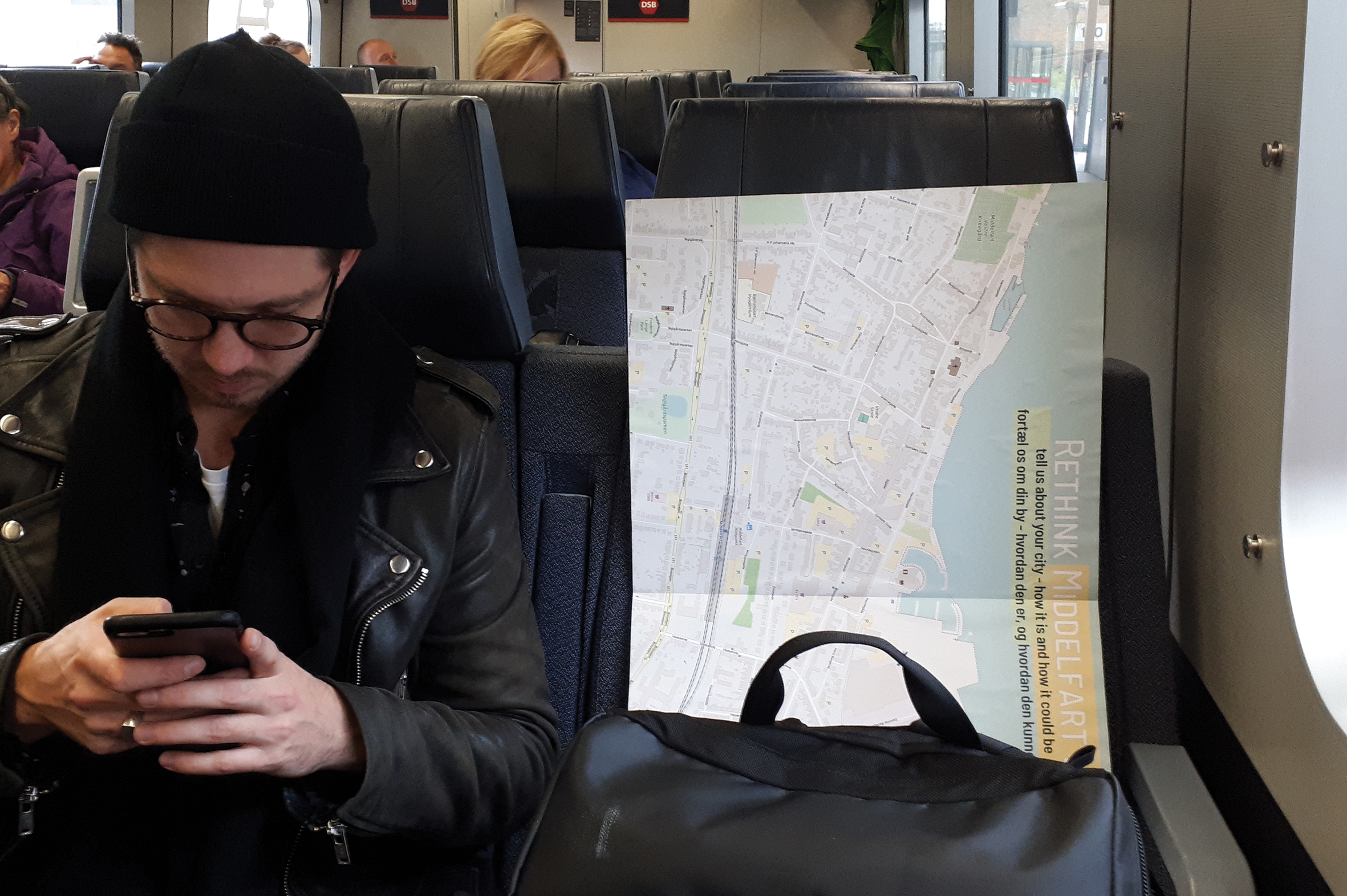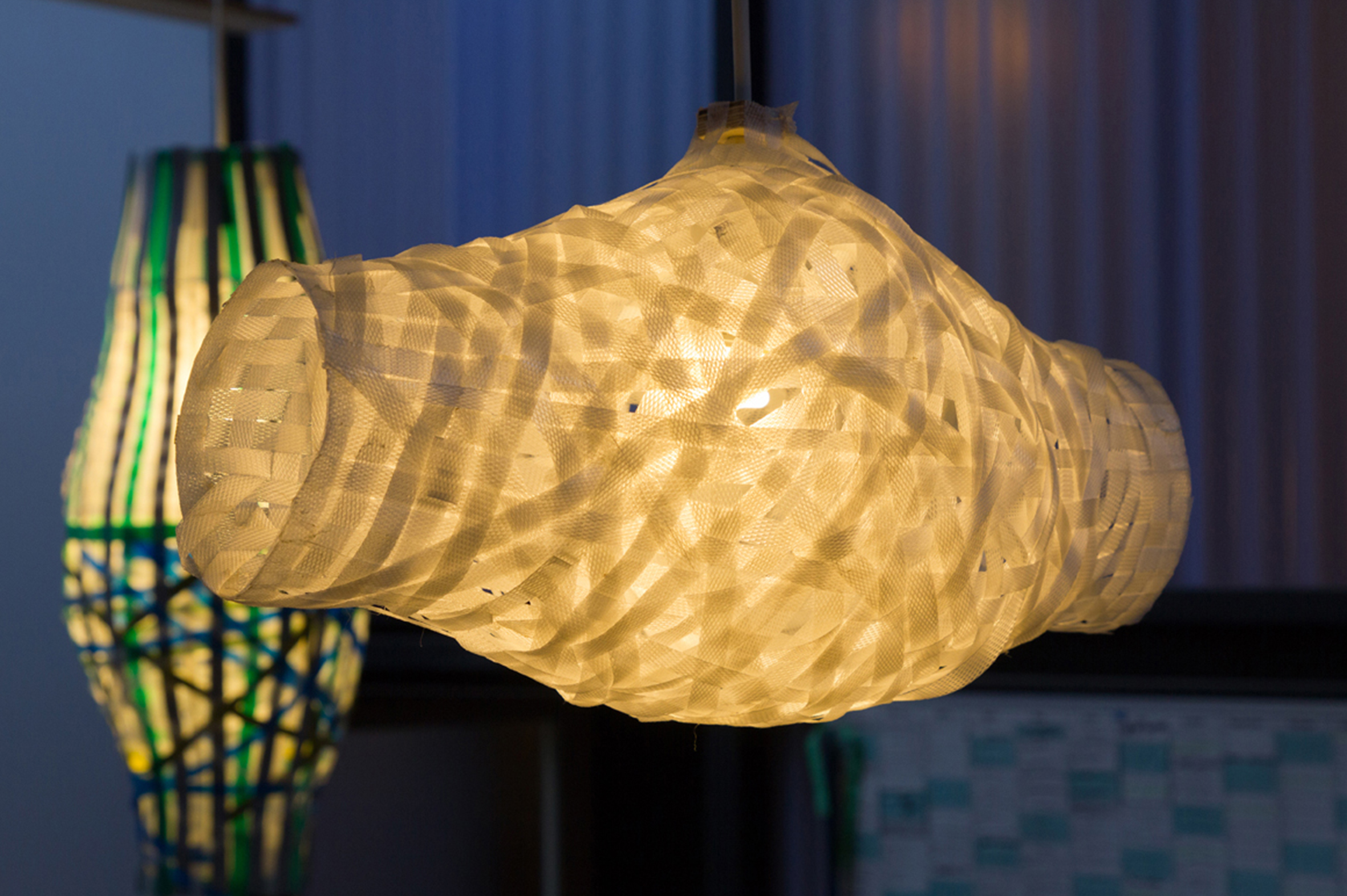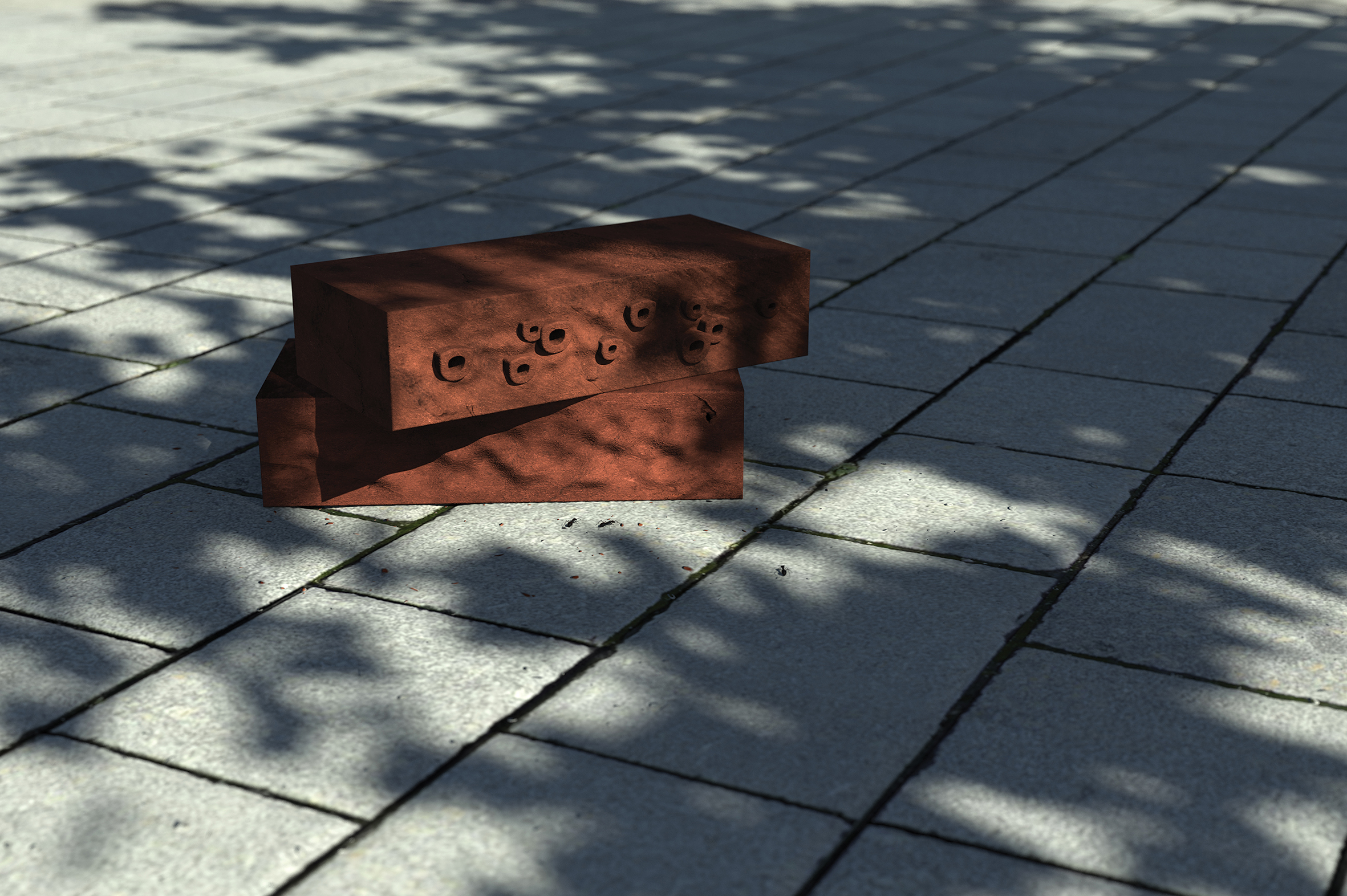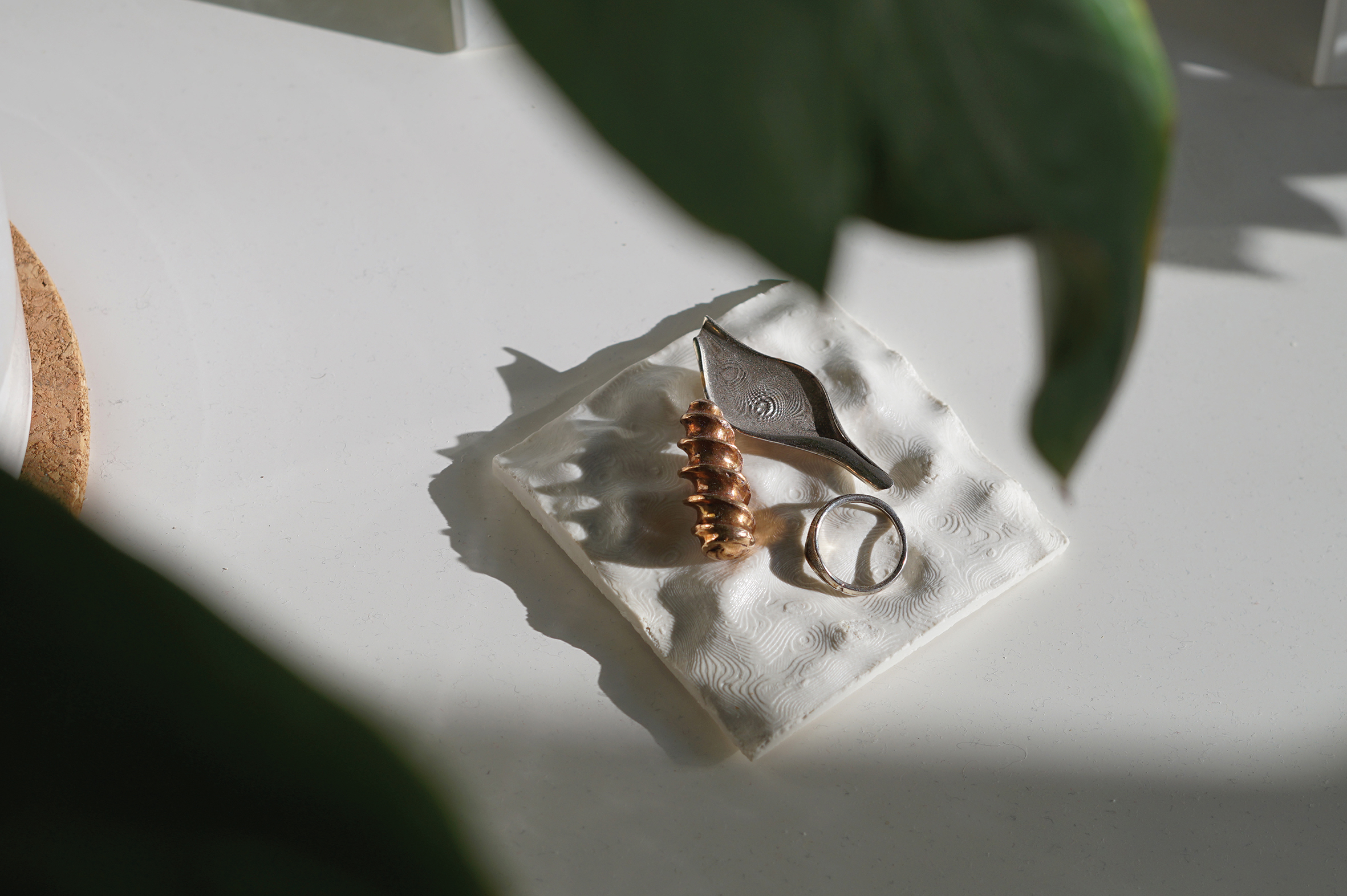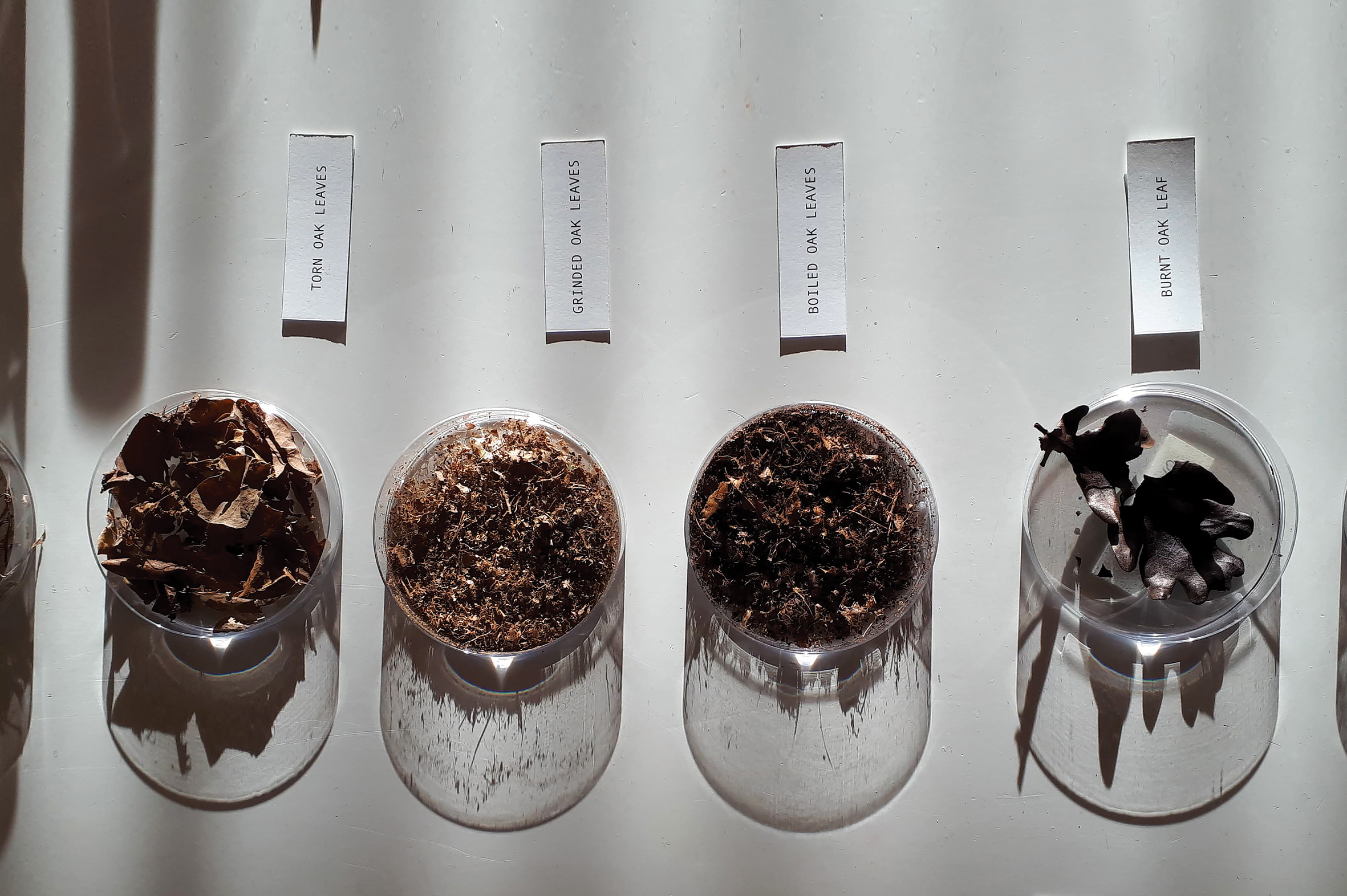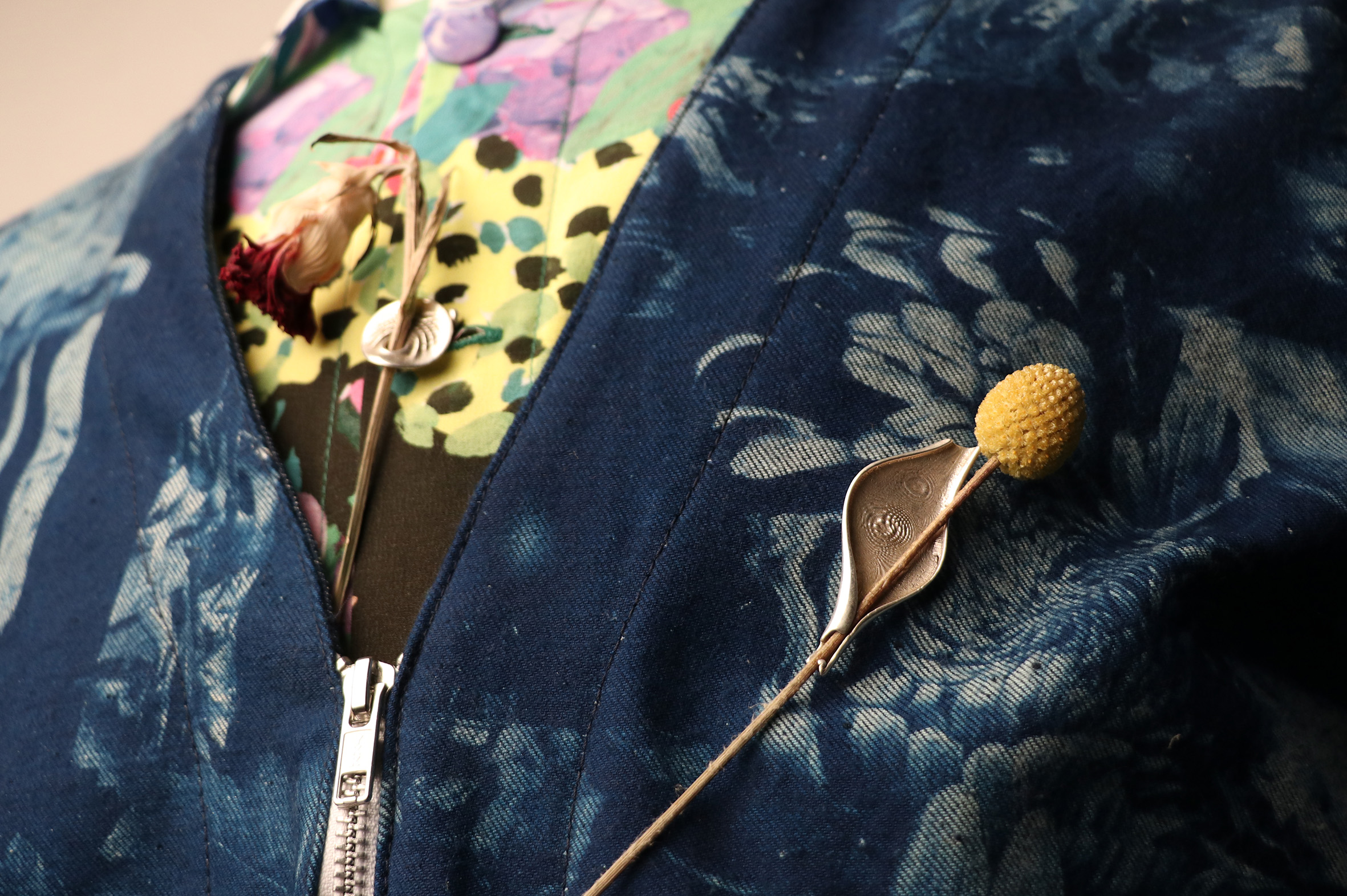a journey at the confluence of
design and sustainability
design and sustainability
‘Sustainable’ means everything. And nothing.
I embarked on a journey to explore the very many layers and facets hidden behind that S-word, that is both so convenient and so problematic.
The result is an ever-growing and intricate lexicon spanning all fields of knowledge, erasing the frontier between Nature and Culture and treating equally of the Micro and Macro scales.
It is hugely overwhelming, for it encompasses no less than Life itself, in all the beauty and complexity of its ecology. But it also provides us with rich and nuanced notions - resilience, regenerative, ecosystems, biophilia, cooperation... -, subtle shades contrasting with the faded, artificial green that sustainability is too often coated with. I hope that by reclaiming this inspiring vocabulary, we can start envisioning its materializations, and be a part of it again - that we can co-create a Terrestrial where to land, as Bruno Latour suggests.
Oh, and there’s the D-word also.
In a similar way, ‘Design‘ is a portmanteau whose ever-growing fields of application (and sometimes conflicting uses) tend to blur the understanding.
For a long time, Design was represented in popular imagery as the almost mystical manifestation of creativity, coming from a single Master, that would turn the ugly into the beautiful, and the messy into the functional. And because Design has, from this 1950s status, exploded into a myriad of much more complex and diverse fields of application that can be difficult to characterize, this image of the aesthetics genius tends to persist.
I believe that this is hampering the ability of designers and the companies/institutions working with them to fully embrace the potential of design as a tool for positive change. Consequently, the clear relationship between Design and Sustainability (understand resilience, healthy ecosystems, regenerative behaviours...) is yet to be completely acknowledged, and even further from being seen as a Design duty.
Models don’t generate sustainability. But they can help us talk about it.
They are reassuring, in that they are simplistic and visual representations of extremely complex issues. This is why they can be a great conversation starter, as long as the subsequent conversation commits to unfolding the nuances of those seemingly simplistic entry points, in the specific context where they are considered.
McDonough and Braungart’s Fractal Triangle could appear as a pretty unimaginative framework for talking about sustainability, using the same three legs as many others, without the wit of some of these alternatives - eg. Kate Raworth’s Donut Economics.
Yet, because it uses those widely accepted legs, because it operates the semantic stunt of the Triple Top Line - as opposed to the triple bottom line -, and because it explores the space opening in between these three poles, it conveys a creative and positive message, campaigning for the generation of holistic and regenerative solutions.
Yet, because it uses those widely accepted legs, because it operates the semantic stunt of the Triple Top Line - as opposed to the triple bottom line -, and because it explores the space opening in between these three poles, it conveys a creative and positive message, campaigning for the generation of holistic and regenerative solutions.
- NARRATIVE stands for a sense of purpose and desirability; a criteria for projects to generate positive societal value, to tell inspiring stories
- CRAFT refers to the commitment and passion put into materializing ideas; it stems as much from an experimental, hands-on mindset as from an eye for harmonious and well-made outcomes
- ECOSYSTEM hints at a form of situationnal awareness, both in terms of place and scale; it advocates for place-specific approaches and for cultivating strong ties with surrounding actors
I believe those attractors help characterizing some key values that the Design process should, in my opinion, be pursuing - no matter the scale and form of the system it is addressing.

